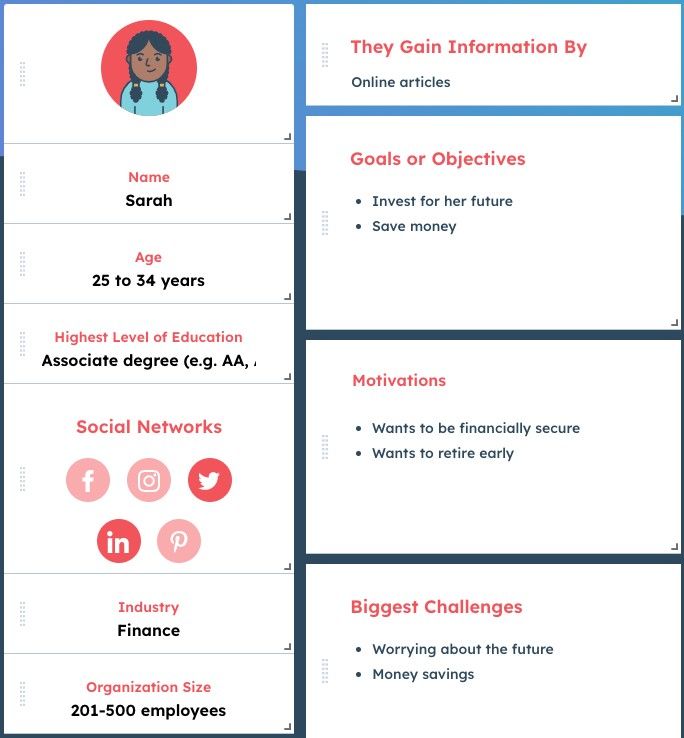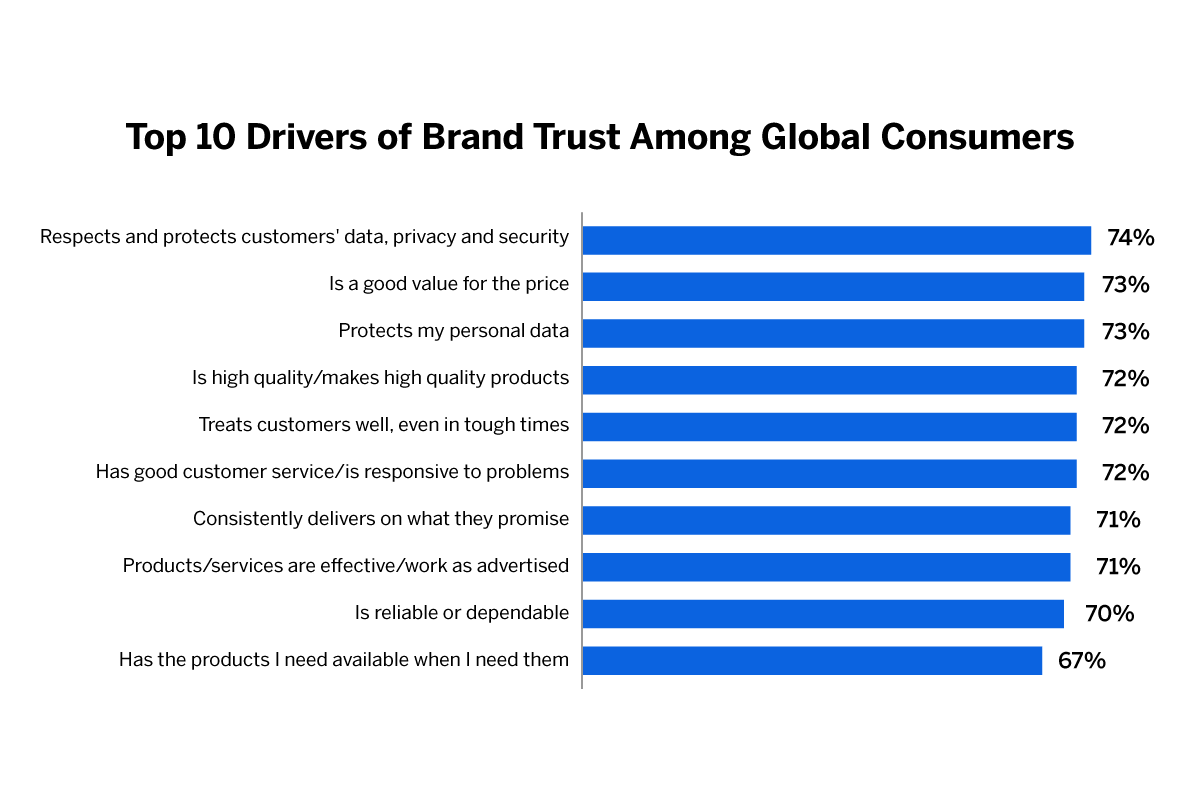30+ Steps, Books, Examples: The Proven Role of Sales and Marketing in Startup Success
Discover the pivotal role of sales and marketing in your startup's journey to success. Learn practical steps, gain insights from famous examples, and find recommended reading material to master the art of sales and marketing for long-term sustainability and investor appeal.

You, the technical founder of a promising startup, have invested countless hours and immense effort into developing a groundbreaking product or service. Your technical prowess is undoubtedly impressive, but to achieve the success you dream of, you must recognize and embrace the pivotal role that sales and marketing play in your startup's journey. This comprehensive guide will delve deep into why sales and marketing are essential and provide practical insights into how you can harness their power to propel your startup to new heights.
"Business has only two functions - marketing and innovation." - Milan Kundera.
Chapter 1: Product Visibility
Imagine having a brilliant solution that could change the world, yet no one knows it exists. This is where marketing steps onto the stage. It's the driving force that ensures your product doesn't languish in the shadows but takes center stage in your target market.
The Power of Marketing
Marketing is not a single action but an ongoing strategy encompassing various elements. It all begins with the understanding that your product solves a problem or fulfills a need. But for your potential customers to benefit from it, they need to be aware of it.
Creating Awareness
Marketing, first and foremost, is about creating awareness. It's turning the spotlight on your product, making it visible to your target audience. Without this initial step, your groundbreaking product might remain buried in obscurity.
Practical Steps for Creating Awareness
- Define Your Target Audience: Identify who would benefit most from your product. Understand their demographics, interests, and pain points.
- Craft a Compelling Message: Develop a clear and concise message that communicates what your product does and how it can solve your audience's problems.
- Choose the Right Channels: Select the marketing channels most likely to reach your target audience effectively. This could include social media, content marketing, email marketing, or traditional advertising.
- Consistency is Key: Maintain a consistent presence across your chosen channels. Regularly share content updates and engage with your audience.
- Measure and Optimize: Use analytics tools to track the performance of your marketing efforts. Adjust your strategies based on what works best for your audience.

Chapter 2: Customer Understanding
Effective marketing doesn't happen in a vacuum. It requires a deep understanding of your customers' needs and pain points. This understanding is your compass for navigating the complex marketing world and building lasting customer relationships.
"Your most unhappy customers are your greatest source of learning." - Bill Gates.
The Role of Market Research
Market research is the foundation of customer understanding. It involves gathering data and insights about your target market, competition, and industry trends. This information helps you make informed decisions in both marketing and product development.
Practical Steps for Market Research
- Competitor Analysis: Study your competitors to identify gaps in the market, areas where your product can excel, and strategies that work.
- Customer Surveys: Create surveys to gather feedback from potential and existing customers. Ask about their preferences, pain points, and what they look for in a solution.
- Social Listening: Monitor social media platforms and online forums to understand what people say about your industry and related topics.
- Data Analytics: Use website and user behavior analytics to track how visitors interact with your online presence. This can reveal valuable insights about user preferences and pain points.

Chapter 3: Building Trust
Building trust with your audience is more critical than ever in the fast-paced digital age. Trust is the currency of successful businesses, and marketing and sales play vital roles in earning and maintaining it.
"The aim of marketing is to know and understand the customer so well the product or service fits them and sells itself." - Peter Drucker.
Marketing's Role in Trust Building
Marketing is the first touchpoint where trust begins to take shape. Here are practical ways marketing can build trust:
- Consistent Branding: Maintain a consistent brand image across all marketing materials and channels. Consistency fosters familiarity and trust.
- High-Quality Content: Create informative, valuable, and relevant content that addresses your audience's needs. This positions your brand as an authority in your field.
- Transparency: Be transparent about your product, pricing, and policies. Hidden agendas erode trust quickly.
Sales and Trust
Sales teams have a unique opportunity to build trust through direct interactions with potential customers. Here's how:
- Active Listening: Listen attentively to your prospects. Understand their pain points and demonstrate empathy.
- Honesty and Integrity: Be truthful about what your product can and cannot do. Overpromising and underdelivering erode trust.
- Prompt Communication: Respond to inquiries and concerns promptly. Delayed responses can make potential customers feel undervalued.

Chapter 4: Scaling Growth
You've created a brilliant product, but to truly succeed, you need to scale your startup. This is where the synergy between sales and marketing becomes even more apparent.
Marketing's Role in Scaling
Marketing lays the foundation for scaling by consistently bringing in new leads and nurturing existing ones. Here are practical strategies:
- Inbound Marketing: Invest in content marketing to attract organic traffic to your website. This generates a steady stream of leads over time.
- Email Marketing: Develop targeted email campaigns to engage with leads and move them through the sales funnel.
- Social Media Advertising: Use paid advertising on social platforms to reach a broader audience and drive traffic to your website.
Sales and Scaling
As your startup grows, the sales team is crucial in converting leads into paying customers. Practical steps include:
- Efficient Sales Processes: Streamline your sales processes to handle more leads without sacrificing quality.
- Sales Training: Continuously train your sales team to communicate the value of your product and close deals effectively.
- Scalable Systems: Invest in sales tools and customer relationship management (CRM) software to efficiently manage a growing customer base.

Chapter 5: Feedback Loop
One of the invaluable benefits of having both sales and marketing teams is the feedback loop they create. This continuous exchange of information can lead to product improvements and optimizations.
Marketing's Role in Feedback
Marketing teams gather data on customer behavior, preferences, and the performance of marketing campaigns. This data can:
- Inform Content Strategy: Identify the types of content that resonate most with your audience and create more of it.
- Adjust Targeting: Use data to refine your target audience for more effective campaigns.
- Improve User Experience: Insights into user behavior can guide website and product improvements.
Sales and Feedback
Sales teams directly contact customers and prospects, providing qualitative feedback. Here's how this feedback can be utilized:
- Product Enhancements: Identify pain points or missing features from customer feedback and work with the development team to prioritize improvements.
- Messaging Refinement: Adjust sales messaging based on customer responses and objections encountered during sales calls.
- New Product Ideas: Sales teams can often identify unmet needs in the market, which can lead to the development of new products or services.

Chapter 6: Competitive Edge
Even the most innovative solutions can get lost in the noise in today's fiercely competitive landscape. Sales and marketing give you the competitive edge you need to stand out.
Marketing's Role in Competitive Edge
- Market Differentiation: Marketing helps position your product as unique and superior to competitors.
- Market Research: Continuous market research allows you to stay ahead of trends and respond to changes faster than your competitors.
Sales and Competitive Edge
- Relationship Building: Building solid relationships with customers can create a competitive advantage. Customers who trust and feel valued are less likely to switch to competitors.
- Competitive Intelligence: Sales teams can gather intelligence on competitor offerings and strategies, helping your startup stay informed and adaptable.

Chapter 7: Revenue Generation
Ultimately, the success of your startup is measured by its revenue. Sales and marketing are the primary engines that drive revenue growth.
Marketing's Role in Revenue Generation
- Lead Generation: Marketing generates leads, which are potential customers. These leads are the lifeblood of your sales pipeline.
- Conversion Optimization: Marketing strategies like A/B testing and landing page optimization can improve the conversion rates of leads into paying customers.
- Customer Retention: Marketing isn't just about acquiring new customers; it's also about keeping existing ones. Effective retention strategies can boost recurring revenue.
Sales and Revenue Generation
- Closing Deals: Sales teams are responsible for converting leads into paying customers, directly impacting revenue.
- Upselling and Cross-Selling: Sales professionals can identify opportunities to upsell existing customers or cross-sell related products, increasing the average transaction value.

Chapter 8: Investor Appeal
Securing investment is often a critical step in the growth of a startup. Investors look closely at a startup's ability to market and sell its product as a crucial indicator of future success.
Marketing's Role in Investor Appeal
- Demonstrated Market Demand: Effective marketing indicates demand for your product, which can reassure potential investors.
- Growth Metrics: Metrics like customer acquisition cost (CAC), customer lifetime value (CLV), and growth rate are essential for demonstrating the scalability and potential return on investment.
Sales and Investor Appeal
- Sales Performance: Investors want to see that your sales team can effectively convert leads into customers, ensuring a return on their investment.
- Sales Pipeline: A well-managed sales pipeline shows investors that your startup has a clear strategy for growth.

Chapter 9: Adaptation to Market Changes
The business landscape constantly evolves, and your startup must adapt to stay relevant. Sales and marketing teams are your eyes and ears in the ever-changing market.
Marketing's Role in Adaptation
- Monitoring Trends: Marketing teams continuously monitor market trends, enabling your startup to pivot when necessary.
- Flexible Campaigns: Marketing campaigns can be adjusted quickly in response to changing market dynamics.
Sales and Adaptation
- Customer Feedback: Sales teams collect direct feedback from customers, which can provide early indicators of customer preferences or market needs shifts.
- Competitive Intelligence: Sales teams can identify changes in competitor strategies and adjust accordingly.
Chapter 10: Long-Term Sustainability
Building a successful startup isn't just about the initial launch; it's about long-term sustainability. Sales and marketing play critical roles in ensuring your startup's longevity.
Marketing's Role in Long-Term Sustainability
- Brand Loyalty: Effective marketing can build strong brand loyalty, ensuring customers return to your product over the long term.
- Customer Engagement: Marketing strategies like email marketing and content creation keep customers engaged with your brand, reducing churn.
Sales and Long-Term Sustainability
- Customer Relationships: Sales teams build lasting customer relationships, fostering loyalty and repeat business.
- Customer Advocacy: Satisfied customers can advocate for your brand, driving referrals and organic growth.
Here are a few well-known examples:

- Apple Inc.: Apple is a prime example of a company that excels in product innovation and marketing. Their "Think Different" campaign under Steve Jobs redefined how technology products are marketed, focusing on customers' emotional connection with their devices.
- Amazon: Amazon's success is attributed to its vast product selection and its data-driven approach to marketing and personalized recommendations. Amazon uses sophisticated algorithms to tailor marketing messages and product recommendations to individual customers.
- Tesla: Tesla's innovative electric cars have garnered significant attention, but their success also lies in the marketing strategy of Elon Musk. Musk's use of social media platforms like Twitter has created a dedicated following and generated substantial media coverage.
- HubSpot: HubSpot is a marketing and sales software company known for its inbound marketing methodology. They've developed powerful marketing tools and championed the inbound approach, providing valuable content to attract and engage leads.
- Airbnb: Airbnb's disruptive approach to the hospitality industry was supported by a clever marketing strategy. They focused on user-generated content and storytelling, allowing hosts and travelers to share their unique experiences, which built trust and encouraged bookings.
- Dropbox: Dropbox's growth can be attributed to its innovative referral program. Users were incentivized to refer friends, and for each referral, both the referrer and referee received additional storage space. This viral marketing approach played a significant role in their early expansion.
- Coca-Cola: Coca-Cola's marketing campaigns are legendary, and their ability to maintain brand loyalty over decades is remarkable. The "Share a Coke" campaign, which personalized Coke bottles with people's names, generated widespread consumer engagement.
- Dollar Shave Club: This startup disrupted the razor industry with its subscription-based model. Their humorous and viral marketing video on YouTube garnered millions of views and helped them acquire a substantial customer base quickly.
- Warby Parker: This eyewear company disrupted the traditional eyeglass industry by offering affordable, stylish glasses online. They used a combination of content marketing, social responsibility initiatives, and a home-try-on program to attract and engage customers.
- Red Bull: Red Bull's marketing is famous for its extreme sports and adventure-themed campaigns. They've built a brand around energy and excitement, associating their product with high-performance activities.
These famous examples highlight the diverse ways sales and marketing can contribute to the success of startups and established companies. Whether through disruptive innovation, emotional branding, data-driven strategies, or viral marketing campaigns, these companies have demonstrated the power of effective sales and marketing in achieving their goals.
Suggested reading material
Sales:
- "SPIN Selling" by Neil Rackham: This book delves into the SPIN (Situation, Problem, Implication, Need-payoff) technique, a proven method for consultative selling.
- "The Challenger Sale" by Matthew Dixon and Brent Adamson: This book explores the concept of the Challenger Sale, which focuses on challenging the customer's status quo to drive sales.
- "Influence: The Psychology of Persuasion" by Robert B. Cialdini: Understanding the psychology behind persuasion and influence can immensely benefit sales professionals.
- "To Sell Is Human" by Daniel H. Pink explores the idea that everyone is in sales, and he provides practical insights on how to be more effective in persuading and selling ideas.
Marketing:
- "Contagious: How to Build Word of Mouth in the Digital Age" by Jonah Berger: Learn about the factors that make content and ideas go viral and how to apply these principles to your marketing strategies.
- "Positioning: The Battle for Your Mind" by Al Ries and Jack Trout: Understand the importance of positioning your product or brand in the minds of consumers and how to do it effectively.
- "Made to Stick" by Chip Heath and Dan Heath: This book explores why some ideas and messages are more memorable than others and provides practical advice for creating sticky marketing content.
Startup Success:
- "The Lean Startup" by Eric Ries: This book introduces the lean startup methodology, emphasizing the importance of iterating quickly and efficiently to achieve startup success.
- "Zero to One" by Peter Thiel offers unconventional wisdom on startups and innovation, encouraging entrepreneurs to focus on creating unique, monopoly-like businesses.
- "The Innovator's Dilemma" by Clayton Christensen: This classic discusses the challenges established companies face when dealing with disruptive innovations and how startups can exploit these opportunities.
- "Founders at Work" by Jessica Livingston: This collection of interviews with successful startup founders provides valuable insights into their journeys and lessons learned.
- "The Startup Owner's Manual" by Steve Blank and Bob Dorf: A comprehensive guide to building a successful startup, featuring actionable advice and practical steps.
Remember that the best reading material for you may depend on your specific industry, goals, and current knowledge level, so feel free to explore these options and tailor your reading list accordingly. Reading widely and continuously can significantly enhance your skills and understanding of sales, marketing, and startup success.
As a technical founder, your innovative product or service is the heart and soul of your startup. However, it's essential to recognize that the journey to success is multifaceted. Sales and marketing bridge your technical innovation and your target audience, facilitating visibility, understanding, trust, growth, and long-term sustainability.
In this comprehensive guide, we've explored the practical aspects of sales and marketing and their profound impact on the success of your startup. You can harness their power to propel your startup to new heights by embracing these essential functions and understanding their intricacies.
So, as you continue to innovate and create, remember that marketing and sales are not mere add-ons; they are the lifeblood of your startup's success. They are the keys to surviving and thriving in this dynamic and competitive business landscape.

